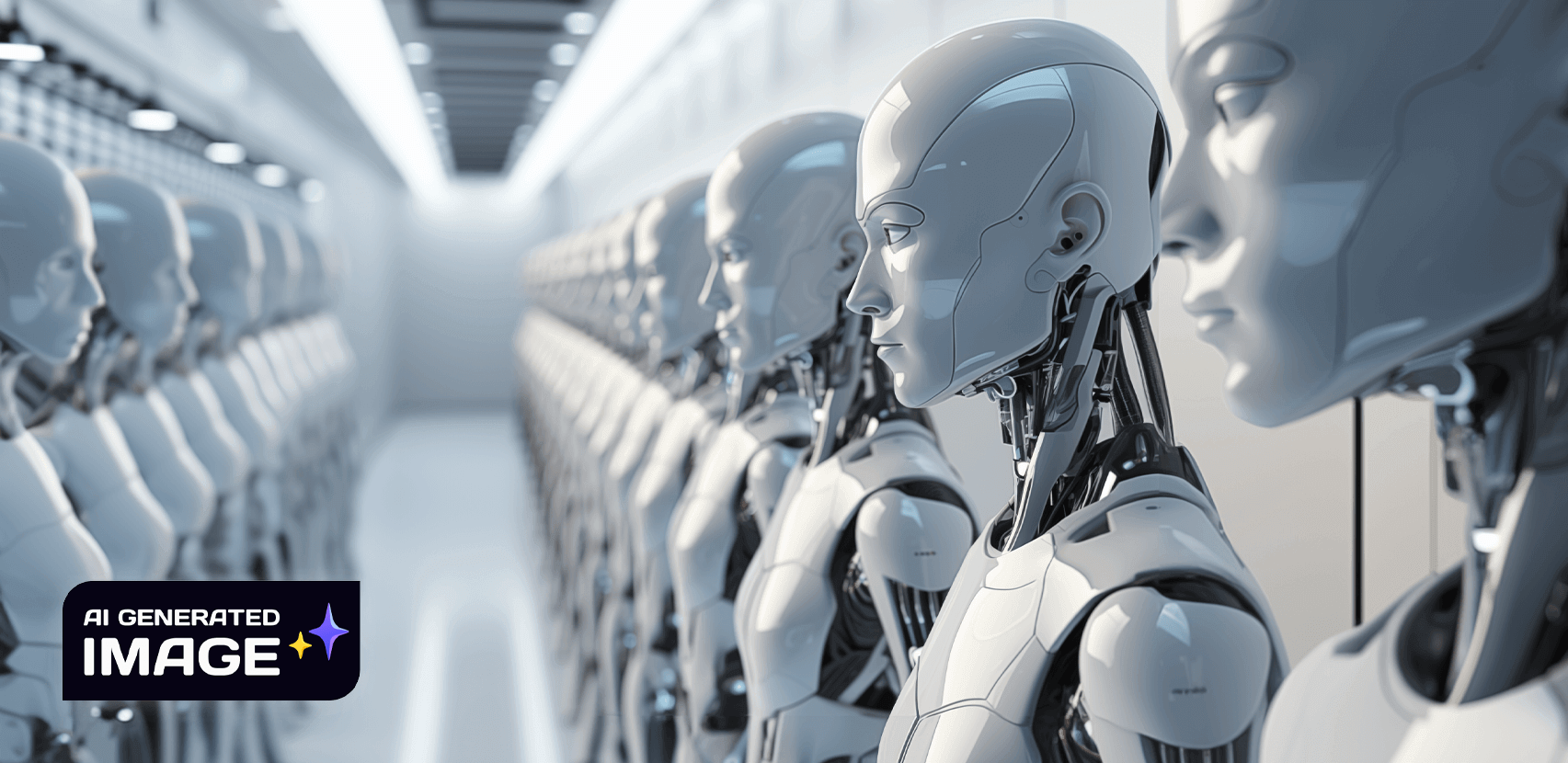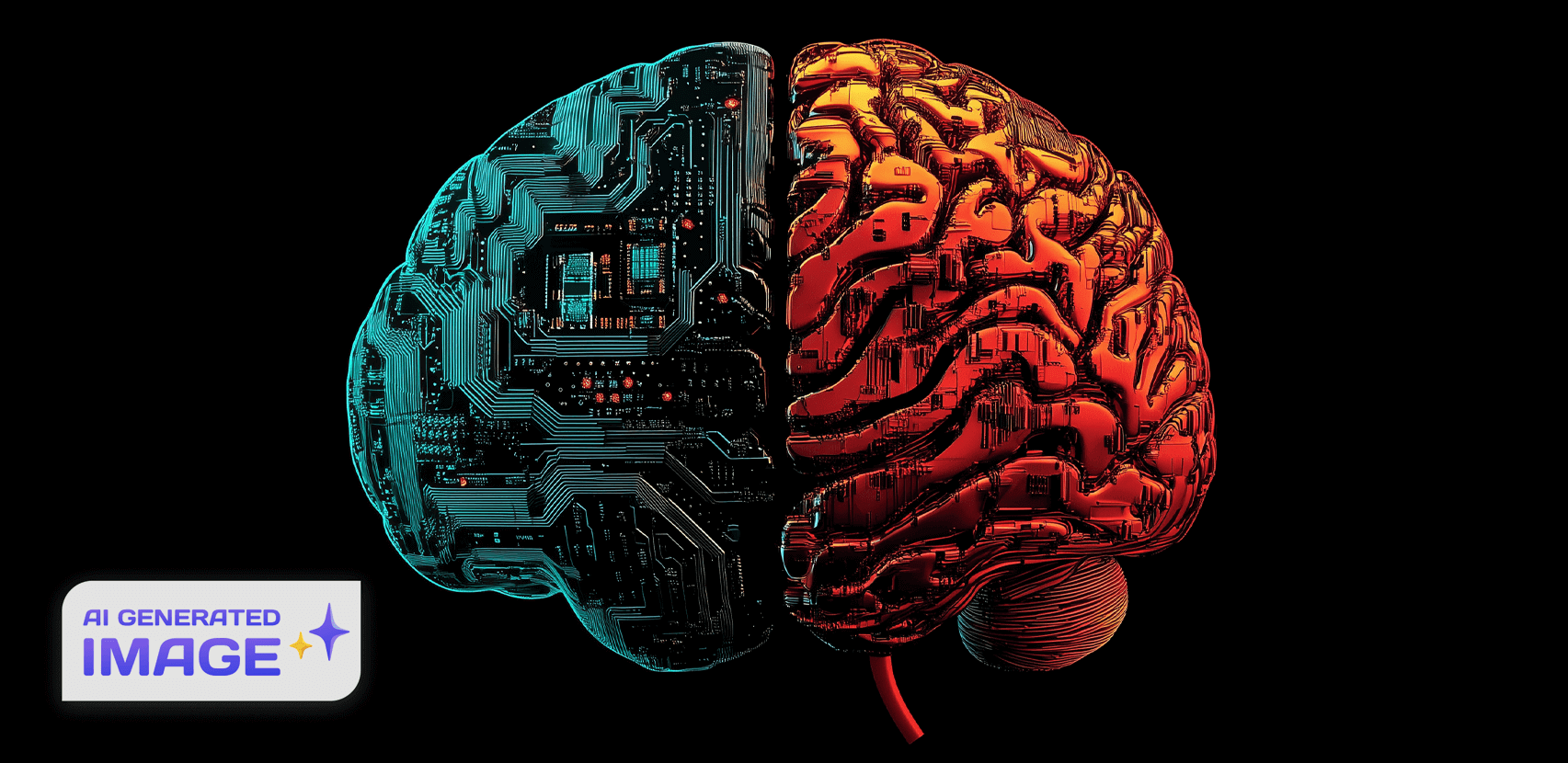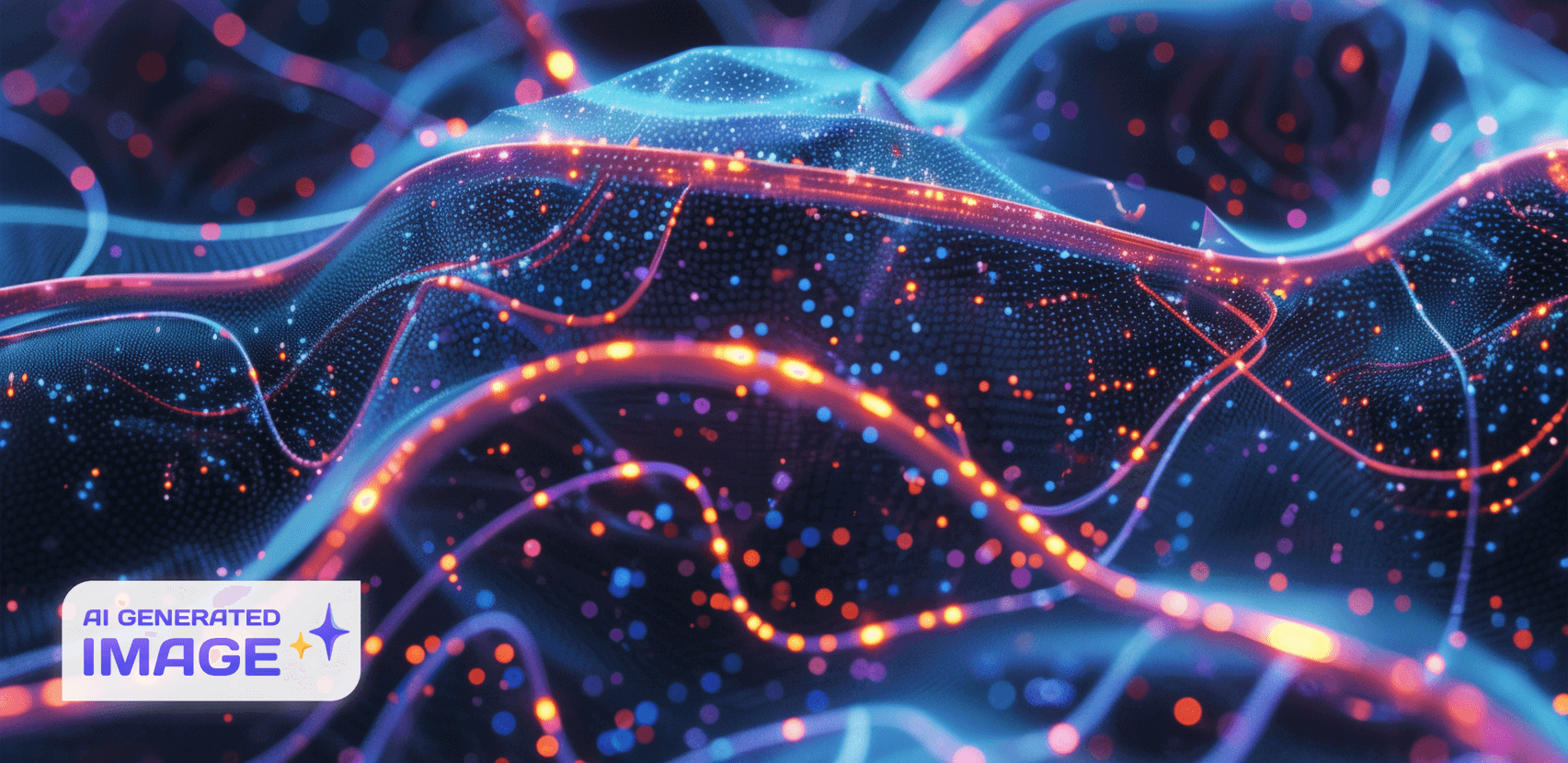Introducing Mixture of Experts (MoE) - A Unique Approach to Scaling Models

In the world of AI model development, there’s always been a trade-off between size, resources, and time. Larger models that deliver better performance often come at a high cost and are time-intensive to build and maintain. But what if you could pre-train a model faster than traditional ones, at a lower cost, while still delivering the same performance? Enter Mixture of Experts (MoE), a game-changing approach to scaling models.
What is Mixture of Experts (MoE)?
Mixture of Experts (MoE) is an innovative approach that allows for the pretraining of models with less compute and fewer resources. This means you can significantly scale up the model or dataset size using the same computational power and budget as a traditional model. While a fully capable MoE model could achieve the same quality as its traditional counterpart much faster during pre-training, it’s important to note that it may not necessarily surpass traditional models, as performance is still dependent on size.
In the context of transformer models, MoE consists of two primary elements:
- Sparse MoE Layers: These replace the typical dense feed-forward network (FFN). Each Sparse MoE Layer contains several “experts” (e.g., 8), with each expert being a neural network.
- Gate Network or Router: This component is critical in defining how tokens are sent to appropriate experts. The router evolves throughout the network pretraining process.
How Does MoE Work?
MoE’s unique approach works by partitioning the entire input into tokens, with each one handled by specific experts. Each expert is trained on its respective tokens, with a router or gating network used to determine which expert handles which token. The results are then consolidated to produce an output. This allows the model to leverage the strengths of each expert, leading to improved overall performance.
Challenges of Using MoEs
While MoEs offer significant advantages, they also come with challenges:
- Training Challenges: MoEs can struggle to generalize during the fine-tuning process, sometimes leading to overfitting.
- Inference Challenges: Despite their large parameter size, only a fraction of these parameters are active during inference. This requires significant computer memory as all parameters must be stored in RAM regardless of their status during inference.
Practical Applications of MoE
MoEs have found applications in various fields, including:
- Regression tasks
- Classification tasks
- Image recognition tasks
- Natural language processing tasks
Conclusion
Mixture of Experts represents a significant advancement in AI, allowing for the development of new, robust, and larger models while minimizing additional computational requirements. While it faces challenges, particularly in training and memory demands, ongoing research is focused on overcoming these limitations.
As MoE continues to evolve, it has the potential to democratize leading-edge AI capabilities, expanding access to state-of-the-art AI. If its full potential is realized, MoE could profoundly expand the horizons of what is possible with AI.
References
More of Our Starship Stories

Your AI Code Tool is a Glorified Junior Developer
December 20, 2024

Updated 2024 Version - Massive Context Windows in GPT: A Game Changer for AI Models | Jetpack Labs
September 22, 2024

The Startup Runway: How to Calculate and Extend Your Runway
January 20, 2025

